Carmilla Magazine
Carmilla was a series of lesbian/fashion magazines published in Japan from 2002-2005, with ten editions published in its entire run. The beginning of every volume includes an introduction which speaks to the reason why the editors (Ayako Saito, Meymi Inoue, Kyou Aoki, Hiromi Otsuki, and Yukiko Kawanishi as of volume one) chose to name their magazine after Le Fanu's nineteenth century vampire publication. Here is a full translation of the introduction:
The later half of the nineteenth century saw the creation of one of the original vampire stories, Carmilla, by the hands of an English writer named Le Fanu. The story involves a woman with a wicked charm, Carmilla, and a heroine conflicted between her attraction and fear. It was, supposedly, many readers first time reading a romance story between women. The heroine of this story, a woman who never imagined she would be involved in a dramatic tale, finds herself being seduced into a whole new world by the titular vampiress. We named our magazine Carmilla with the hope that it will be just as alluring as its namesake. (Also, the term “vampire” has been used a lot in the past as a label for homosexuals who seduce innocent heterosexuals, so we felt a bit of a desire to reclaim the label.) Now then, what world will Carmilla, a woman who appears in the bedchambers of maidens, lead you to tonight?
Right from the introduction, Carmilla makes it clear that this is a magazine that is interested in the bedroom. Carmilla covers a plethora of content and genres, including interviews, short stories, manga, short-form memoirs, photographs, shopping and fashion advice, and many kinds of educational materials--particularly those involved with explicit lesbian activities. It was similar to a literary journal in that Carmilla called on its audience to submit stories for publication. Some stories were even split up between multiple volumes, just like how Le Fanu's Carmilla was serialized.

The vampire theme typically wasn't mentioned in Carmilla apart from the introduction. The focus within volumes was instead on clubs, fashion, and sex--but I think plenty of parallels could be drawn. Vampires are typically depicted as outcasts, and in some myths, they physically cannot enter a space until they are explicitly allowed in. Members of the LGBTQ+ community can probably (and quite unfortunately) relate. Although marriage equality in Japan still has a long way to go (click here for a quick background on this topic), modern technology has given marginalized groups access to more resources. With that in mind, it makes sense that a lesbian-created magazine about lesbians published in the early 2000s has such a strong focus on sharing resources and education.
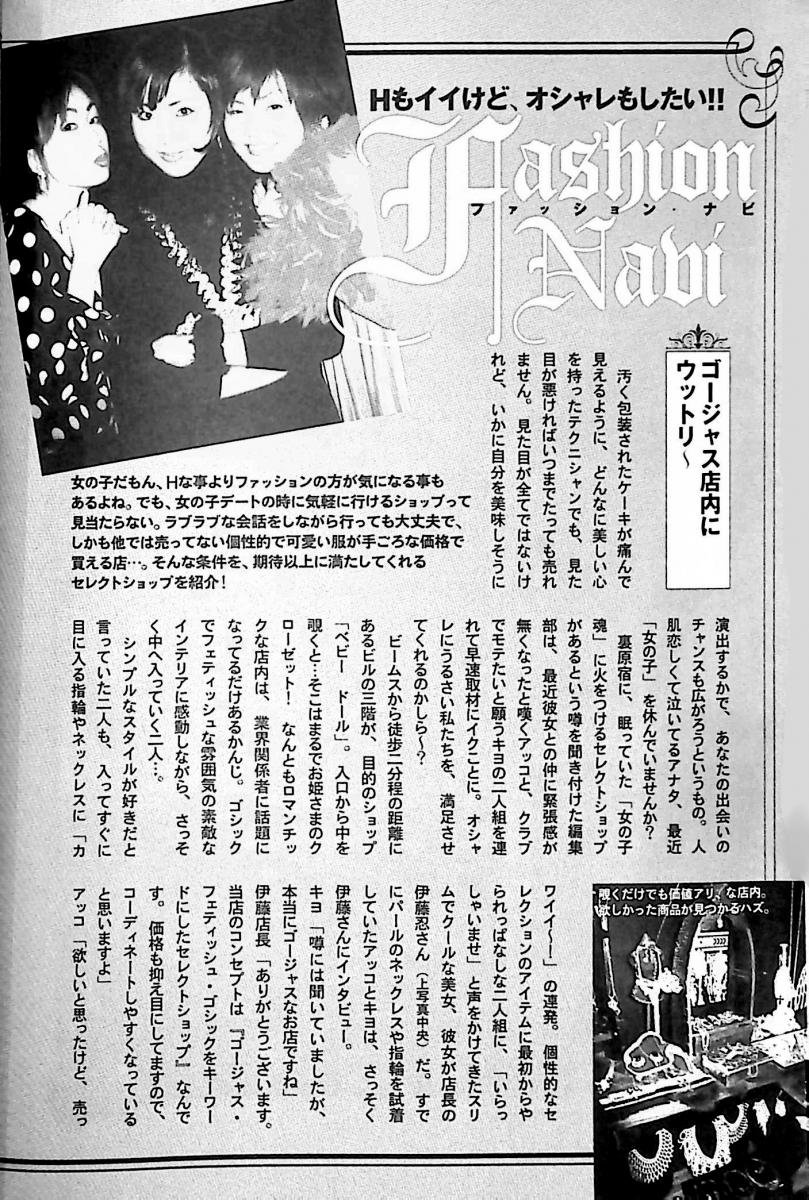
Volume three, for example, has a section about the risk of STDs and best practices to avoid them. The same volume also gives a list of lesbian-friendly bars, clothing advice for adult role-play, and even a bondage tutorial. What's most exciting about Carmilla is how every volume offers different content, making every volume feel like a valuable addition to the last. The first volume included a list of websites for people to meet other lesbians, the second volume featured several different lesbian-friendly clubs, the fourth volume had a kissing tutorial, and so on... I wonder if perhaps this has something to do with the surveys at the end of each volume, which were designed to be cut out and mailed back with feedback. This feedback survey was commonly included in many manga volumes that were printed around this time. Sometimes a giveaway item would be used as incentive to fill it out. (You can learn a little about them here, though I had a hard time finding many sources about this.) Perhaps the feedback form greatly encouraged the kind of content the editorial staff included in their next volume.
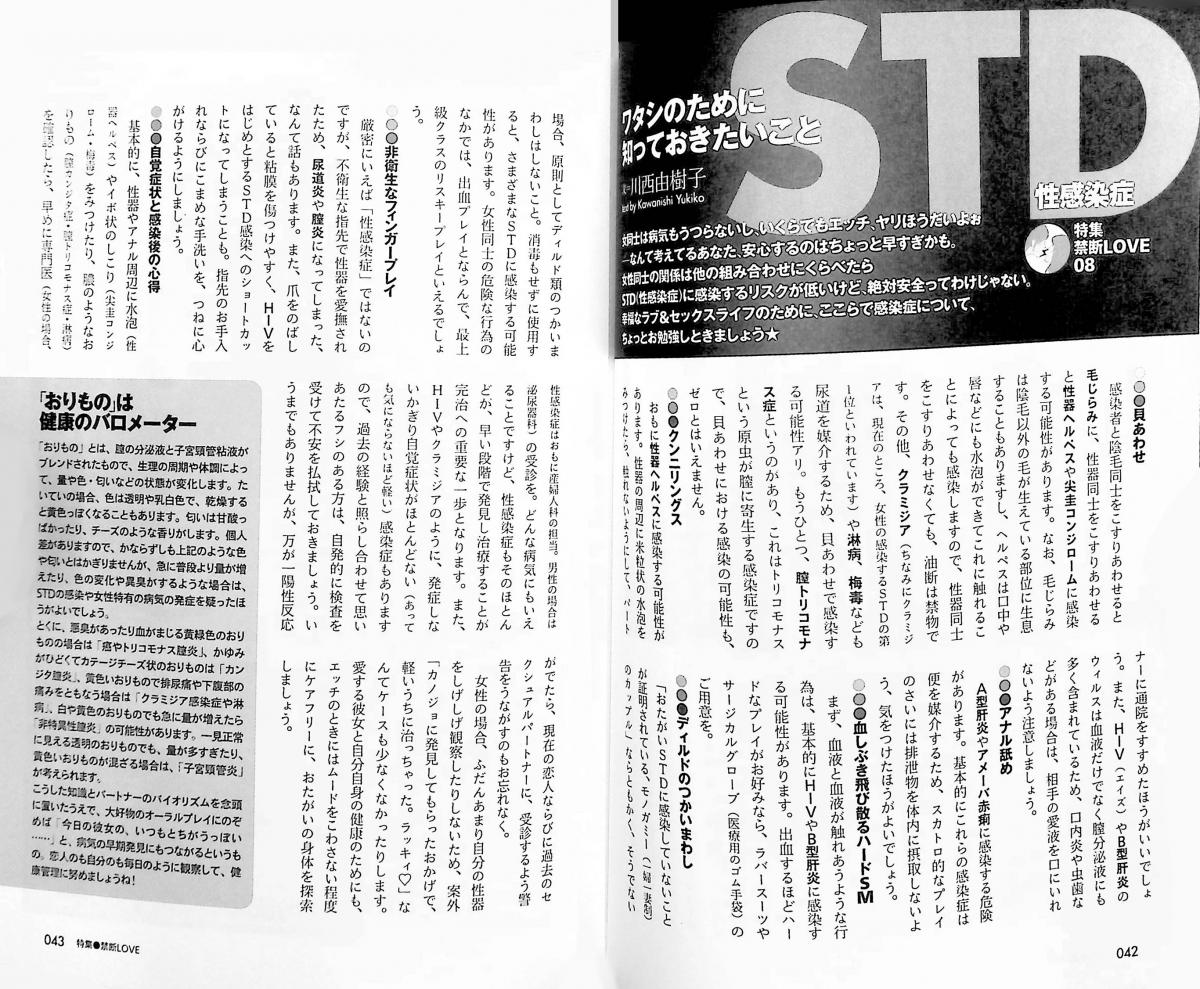
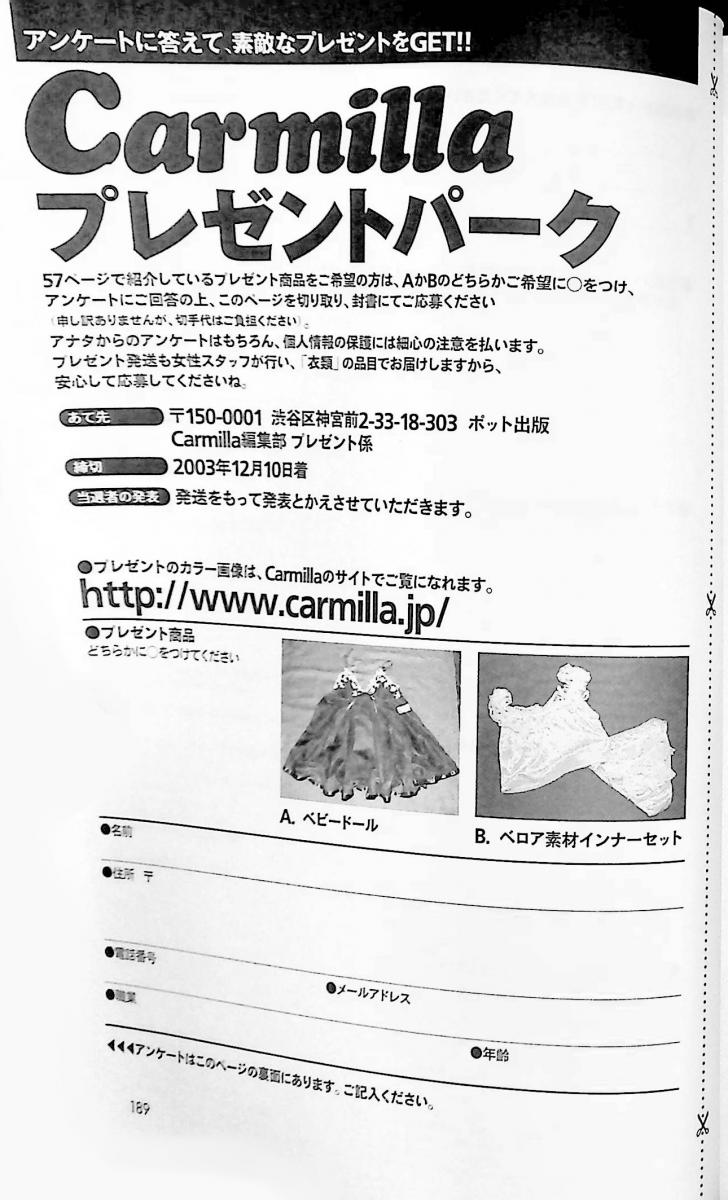
Perhaps my favorite part of these magazines so far have been the color photographs of the 7th Rainbow March in Sapporo, featured in the middle of volume three. The majority of these magazines are printed in black-and-white, so the splurge for a color center-spread is equally eye-catching and touching. The majority of Carmilla is targeted towards cisgender lesbians, but the photos they include in this section makes it clear that they wish to be inclusive--or understanding, at least--towards the rest of the LGBTQ+ community.
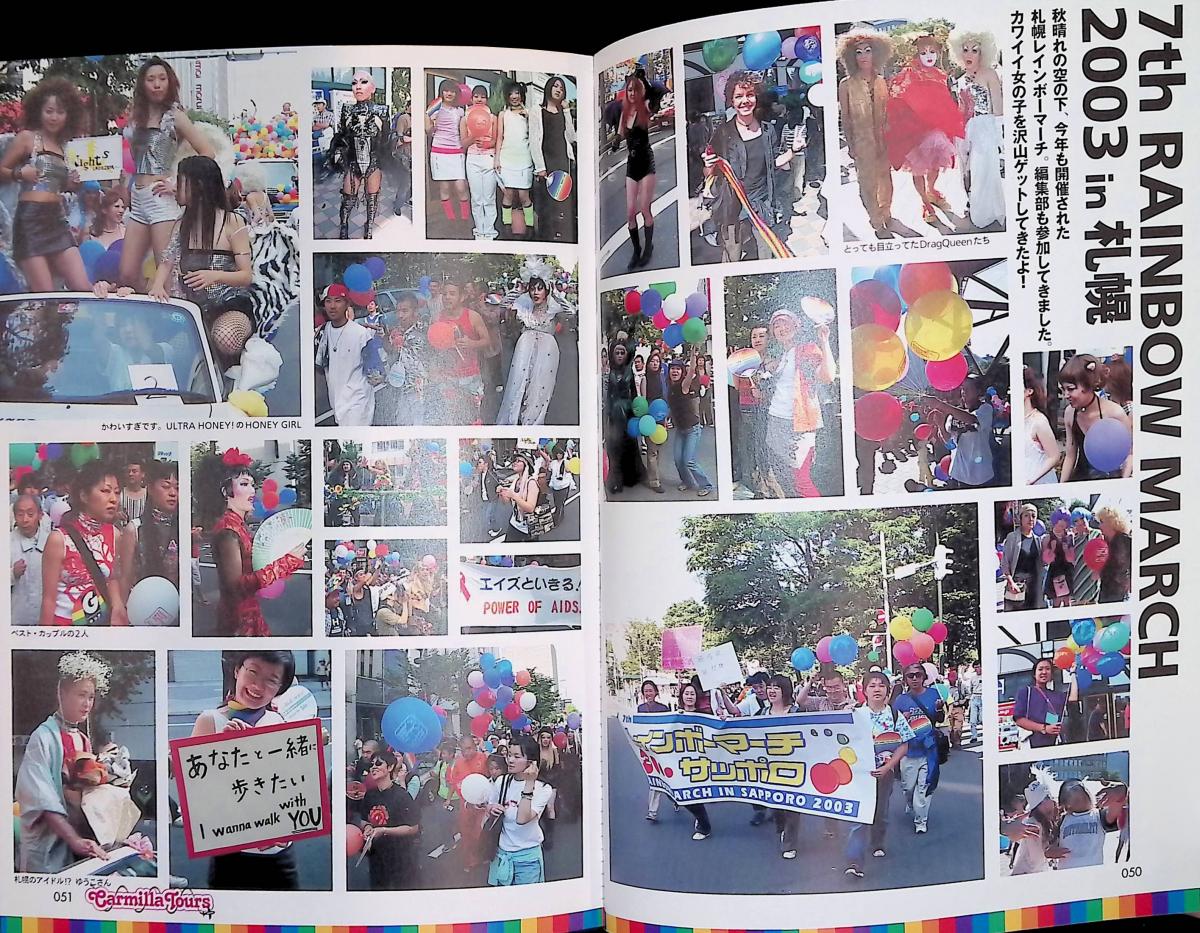
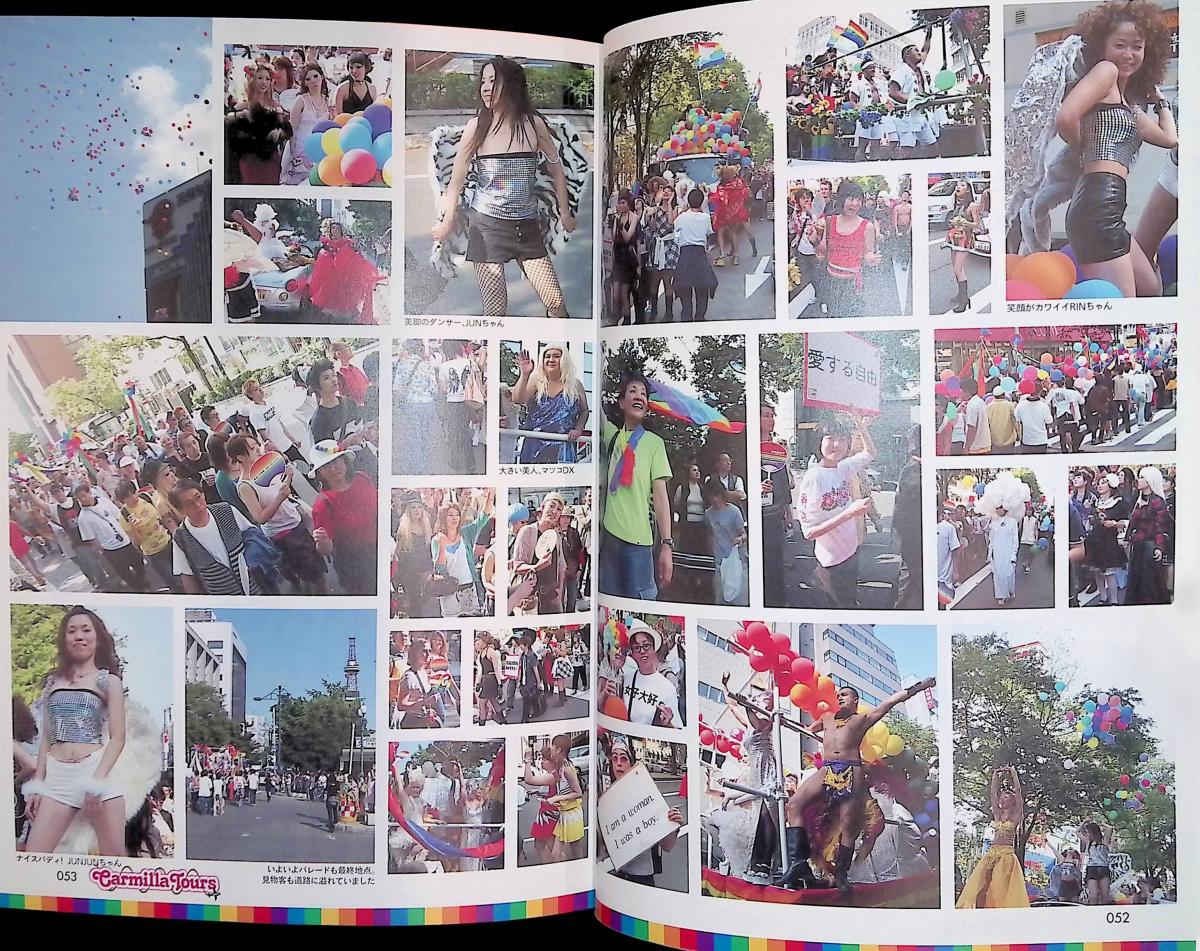
In Le Fanu's Carmilla, the titular character was always confident about her own identity. Unlike many other Victorian vampires, Carmilla didn't seem to despise her nature as an Un-Dead. She also never tried to hide her affections for the protagonist, Laura. "Her soft cheek was glowing against mine. 'Darling, darling,' she murmured, 'I live in you; and you would die for me. I love you so.'" (Le Fanu, Carmilla) Carmilla's pride hasn't just influenced Victorians; it has also influenced those of the 21st century, and that, I believe, is beautiful.
